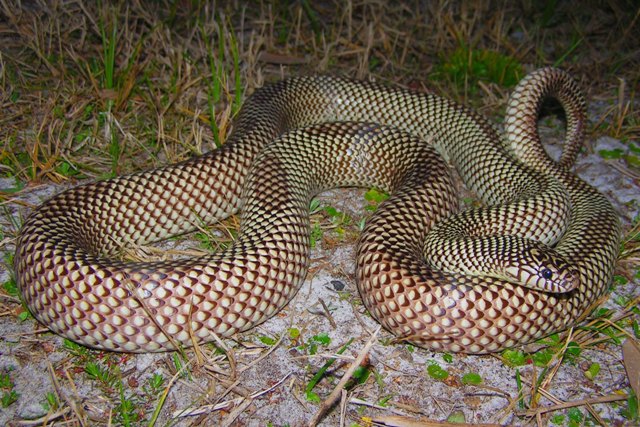Type the name of the breed you're looking for below
[wpdreams_ajaxsearchlite] Don't see the breed your're looking for? Click here and let us know!
Apalachicola Kingsnake
| Place of Origin and Range | The Eastern Apalachicola Lowlands king snake is endemic to Florida, and is only found in the pan handle between the Apalachicola and Ochlokonee rivers and South of Telogia creek. Morphological intermediates are found on both northern and southern ends of the range. These intermediates represent interbreeding between the Apalachicola king snake and the Eastern king snake and between the Apalachicola king snake and the Florida king snake. |
| Description | They are characterized by variable colouration patterns with an overall light dorsal colouration and wide or thin banding patterns. However, some striped and patternless specimens have also been identified. The ventral pattern is also variable; some with bi-coloured, loose checker board, or predominantly dark scales. They possess smooth scales and have 21 dorsal scale rows at mid-body. |
| Morph Patterns Available | Yes |
| Adult Size | Can grow up to 6 feet(1.8m) |
| Accommodation | These snakes like plains and grassland. Mild humidity with loose earth for burrowing. You will always want to include a large dish for bathing and soaking in to improve shedding. Always include a day basking spot at 80'F(27'C). Along with multiple hides. Minimum 2 x 2 x 4 feet for an adult. |
| Lifespan | Can live 15-20 years |
| Feeding / Diet | King snakes use constriction to kill their prey and tend to be opportunistic when it comes to their diet; they will eat other snakes , including venomous snakes. King snakes will also eat lizards, rodents, birds, and eggs. The common kingsnake is known to be immune to the venom of other snakes and to eat rattlesnakes, but it is not necessarily immune to the venom of snakes from different localities. |
| Other Considerations | Snakes are relatively hardy low maintenance animals when kept in the correct environment, and require little day to day care other than feeding and cleaning out the tank as required. However, like all animals, they can still become sick or injured despite our best intentions to prevent this. |



